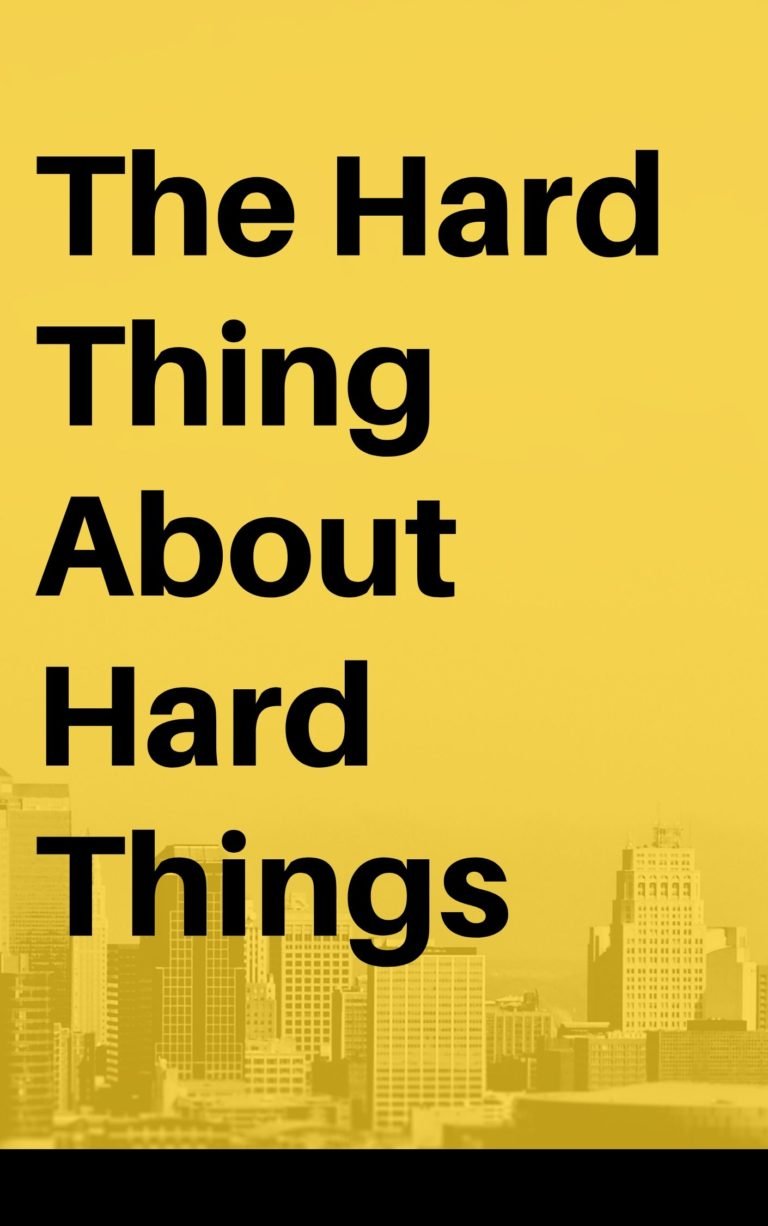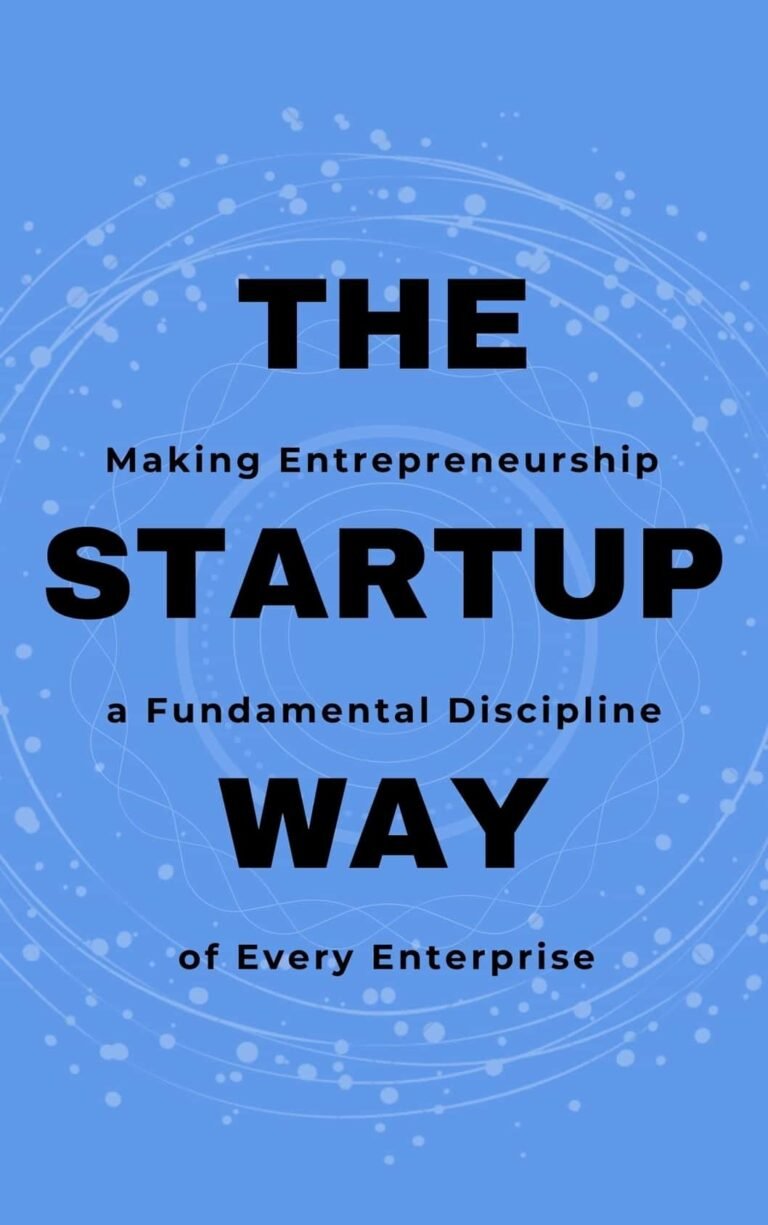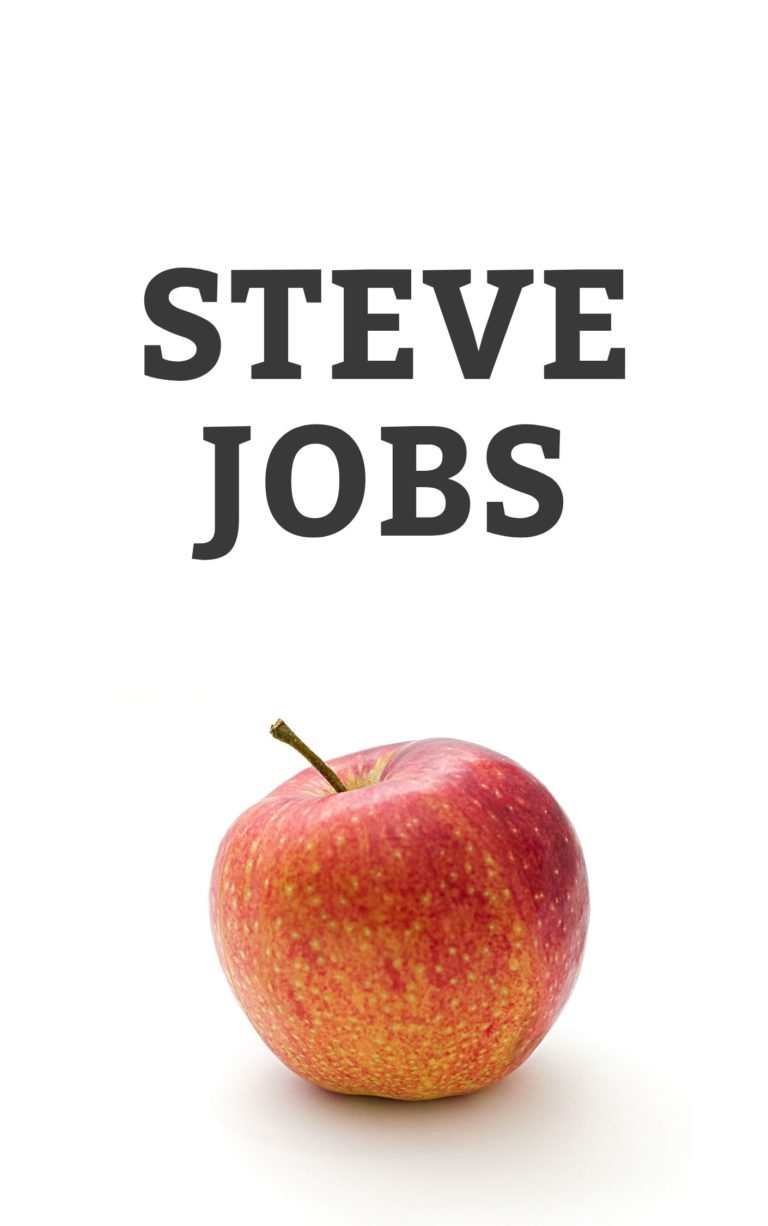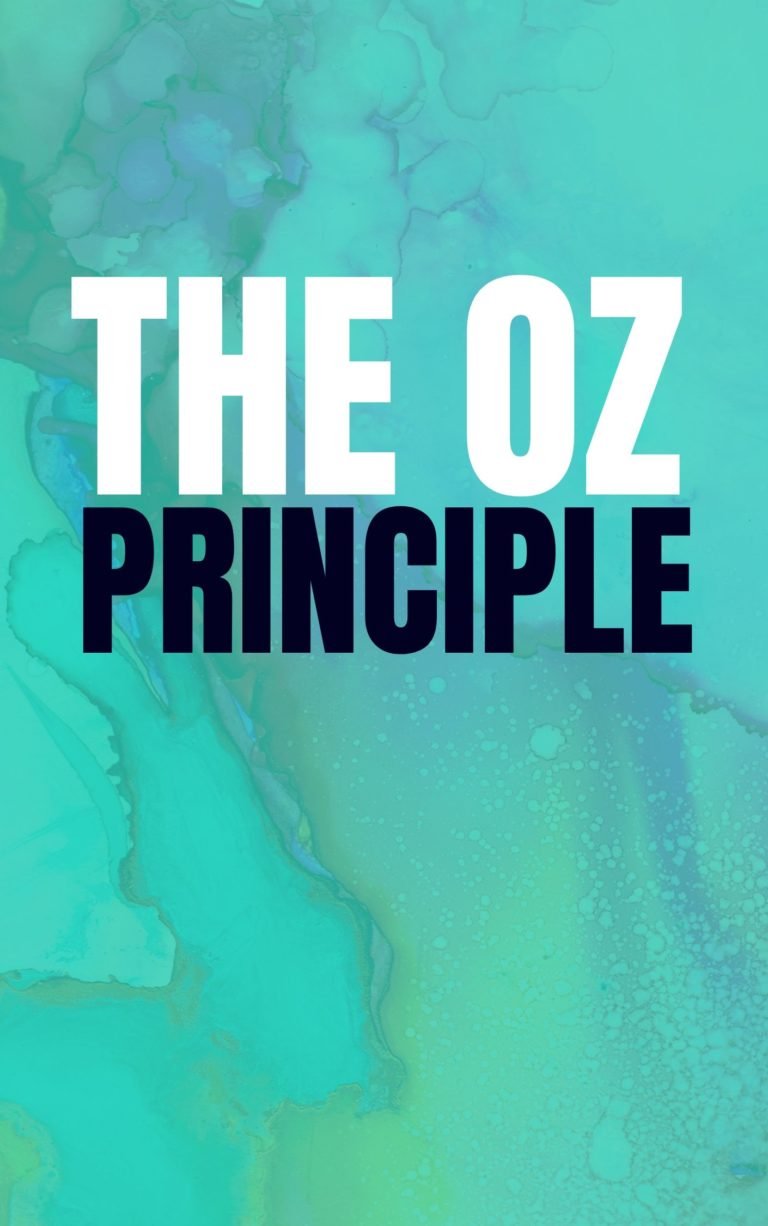Getting Things Done
The Art of Stress-Free Productivity
David Allen
Rating: 8.0
“The Season’s Best Reads for Work-Life Advice, my favorite on organizing your life: Getting Things Done – offers help building the new mental skills needed in an age of multitasking and overload.”
-Sue Shellenbarger, The Wall Street Journal
Contents
Beyond the Calendar
Many people today take on more projects than they can handle properly, Allen argues, thereby increasing their stress levels. Continual change and fuzzy edges hamper many projects, he explains, so you may not be certain you’ve even finished a job. This lack of borders creates added work in organizations and spurs unnecessary, frequent memos and discussions about work in progress. “If it’s on your mind,” the author writes, “your mind isn’t clear.”
Allen asserts that to accomplish your projects effectively and efficiently, you need to achieve the following two goals:
- Capture everything you need to get done, whether now, later or some time in the future, in a logical, organized, reliable system that records everything outside of your own memory, so you don’t have to think about these issues until you are ready. “Anything you consider unfinished in any way must be captured in a trusted system outside your mind, or what I call a collection bucket,” the author writes, “that you know you’ll come back to regularly and sort through.”
- Discipline yourself to make advance decisions about how much information and instruction you allow into your life to facilitate planning what you are doing and to change plans as necessary.
You probably already have a complete calendar, Allen recognizes, but he maintains that a calendar isn’t a sufficient organizing tool – it shows only a small portion of what you have to organize. Instead, he advocates a thorough, all-encompassing organizational system. This is particularly helpful for people who experience too much day-by-day or hour-by-hour distraction, which makes it hard to focus or to accomplish goals effectively.
A good organizational system is also helpful when you need to manage knowledge work, combining everyday details with the results of “big-picture thinking.” He writes, “The key ingredients of relaxed control are clearly defined outcomes (projects) and the next actions required to move them toward closure, and reminders placed in a trusted system that is reviewed regularly.”
Appropriate Ripples
To put yourself in the right mental state for getting things done, Allen recommends imagining that you have a mind like a body of calm water. If you throw a pebble into it, the water reacts appropriately. The ripples created on the surface, he reminds you, are in proportion to the pebble’s mass and force of impact, and once the water has absorbed the impact, it returns to a calm, tranquil state. “How does the water respond?” the author asks. “The answer is, totally appropriately to the force and mass of the input; then it returns to calm. It doesn’t overreact or underreact.”
Allen urges you to approach tasks with this level of awareness, so you give each task the appropriate amount of attention and effort. Efficiency, he underscores, means managing your commitments appropriately so you don’t make too many promises that add to your stress. He advises adhering to three principles:
- If something is unfinished, release it from your mind– Put it in a system you trust that serves as a collection bucket so you can sort through the information when you are ready.
- Be clear about exactly what commitments you have made– Know precisely what you have to do to honor each commitment.
- Once you decide what actions to take, set up a system of reminders– Review your reminders regularly, so you follow through.
To test how well this approach works, Allen suggests writing down the name of the project or situation that concerns you most at the moment. Write a list of everything you need to do to move the project forward: which steps you must take, who you need to contact, and so on. Completing this exercise should give you a greater sense of control, relaxation and focus. Put your list of concerns and actions in a safe, separate place to get them out of your mind literally and metaphorically until you are ready to deal with them.
Managing Your Actions
Allan advocates allocating your limited time by managing your actions. To begin, identify what you need to do, well in advance of when you need to do it. Clarify each project’s action steps before you start, rather than proceeding and having to spend more time dealing with problems as they develop.
Although many companies emphasize working downward from missions to objectives to the details of implementation, Allen finds that most people are so involved in day-to-day commitments that they have neither the time nor the breathing room to focus appropriately on the big picture. A better starting point is to get yourself up-to-date and in control of any issues that concern you right now, and then work on broadening your view. “Outcome thinking,” the author assures you, is one of the most effective means available for making wishes reality.”
Your commitments, projects and actions can all be planned and managed with horizontal or vertical controls:
- Horizontal controls coordinate your actions across all the activities that engage you.
- Vertical controls guide your thinking through individual topics and projects, such as the sequence of tasks involved in a particular undertaking.
If you can use horizontal and vertical controls effectively, Allen insists you can get things off your mind and handle getting them done. This will help you feel comfortable and in control of your work and your life.
Mastering Your Workflow
To take control of your life, Allen stresses following the five stages of mastering your workflow. These five stages help you manage the horizontal aspect of your life by combining everything that has your attention at any given time into an organized system:
- “Collect” – In one of his more powerful and practical metaphors, Allen states that you can use various types of collection tools, such as a physical in-tray, a paper-based or an electronic note-taking device, a voice-recording device or email messages. To gather this information, get everything that draws your attention out of your head and into as few collection buckets as possible. Empty these buckets regularly, either by getting rid of material or processing it.
- “Process” – With each item, ask yourself “What is it?” and decide whether to deal with it there and then, defer it for later action or discard it. If you are going to act now, decide whether to do it yourself or delegate it.
- “Organize” – This might be Allen’s most basic recommendation, but it abounds in common sense and clarity: Set up an organizing system, such as putting nonactionable items in categories called “trash,” “incubation tools” or “reference storage.” If you plan to take action, put these items in the appropriate category, such as a list of projects, project plans and materials, a calendar, a list of reminders of next actions, or a list of reminders of things you’re awaiting. Find a physical way to contain each of these organizational categories, Allen concludes, such as a basket, notebook or file system.
- “Review” – Set up a time for a weekly review. Go over all of your identified actions and options. Process all your stuff, review your system and update your lists, so you feel clear, current and complete.
- “Do” – Allen lists four criteria to use to guide your to-do choices. Consider context, which is the location you need to be in or the tools you need to carry out an action – for example, at home with your personal computer. Consider whether you have time available to see it through. Ask if you have sufficient physical or mental energy for the task. And set priorities. If you have the right context, time and energy, what action is the most important one to take now? “The real issue is how to make appropriate choices about what to do at any point in time,” the author writes. “The real issue is how we manage actions.”

Project Planning
Allen offers five planning phases you should go through to launch a project successfully. These steps make up the vertical component of productivity management. He explains that these steps reflect how people unconsciously think and plan when completing a relatively easy task. He understands that not many people follow these steps when consciously planning a project.
Thus, Allen concludes, informal, “natural planning” often garners better results. It reflects the thought process you pursue when addressing everyday tasks, such as getting dressed, eating lunch or simply having a conversation. Essentially, Allen proposes, you engage in these five steps:
- “Defining your purpose and principles” – Define what works for you, clarify your focus, align your resources and motivate yourself to act.
- “Outcome visioning” – By creating this vision, you define a focus that helps you generate ideas and thought patterns that otherwise might not have come to you. This clarity will help you imagine the results you want and thereby drive you to achieve a successful outcome.
- “Brainstorming” – To consider multiple ideas, use tools that help you come up with options, such as mind mapping – displaying thought sequences graphically – or writing down ideas. Keep an open mind, so you don’t judge or criticize; emphasize quantity not quality. Allen counsels you to analyze and organize these ideas later.
- “Organizing” – Identify the significant pieces you need for your project and sort them by various components, processes or priorities.
- “Identify next actions” – Select the next action for this project and for future planning. Earmark tasks that you are waiting for others to complete.
Stress-Free Productivity
Allen encourages you to put these basic principles into practice by taking these steps:
- Set up your time, space and tools – Create a block of time and prepare a workstation where you have the necessary space, furniture and tools. Allen contends that all you need is a writing surface and room for an in-tray, although you may want to add a fax, printer and other equipment. Even if you have an external office, set up some space at home with a system that is identical to the one at your office, so you can work in both places. Allen treats his readers a bit like schoolchildren when he details the necessary everyday tools, such as an organizer and calendar, file folders, scotch tape, rubber bands and Post-it notes.
- Collect or “corral” your stuff – Allen cautions that you will need a couple of hours for this step. He again shows worthy common sense by directing you to begin by searching for things that don’t belong where they are or that are incomplete. Put these things in your in-box. Leave supplies, reference materials, decoration and equipment in place. If something that needs action is too big for your in-tray, just write a note on a piece of letter-sized paper to represent it, date it and add it to your system. Begin by putting things from your desk in your inbox and then move on to other parts of your work space, including drawers, countertops, cabinets, shelves and other cubbies. Allen’s compilation of “incompletion triggers” helps you remember other things you want to add to your inbox, such as a list of projects you need to start, projects you have started but haven’t completed, commitments you must honor, financial constraints, communications you need to make, training seminars you want to attend, and so forth.
- Process your inbox – You want to go from “in” to empty. Allen breaks down actions that will generate efficiency: discard anything you don’t need, complete any actions you can do in two minutes, delegate anything you can to other people, put reminders of future actions into your organizing system and identify any larger projects. To be effective, process the top item first, move through one item at a time and never put anything back into your inbox.
- Use organizing steps and tools to help you process – Create lists and groupings of things you want to organize. Use digital or paper-based folders to hold your lists and any reference or support information that applies to your projects.
- Make the best “action choices” – Allen reiterates his thesis: now, finally – having fully organized your work – you can determine what to do next, based on each project’s context, your available time and energy and the priority of each action.
Sound Ideas Somewhat Obscured
David Allen can get in his own way, and this can obscure his worthy and practical advice. The popularity of this manual probably owes as much to the stress level of the book-buying public as it does to the level of innovation in Allen’s method of organization. That is to say, his method is not all that innovative. And Allen’s jargon and observations about stress, productivity and the mind complicate his useful time-management techniques. However, his method has genuine and wide-ranging value. He argues for simple common sense, and for dealing with stress and mental clutter through a series of steps anyone can perform. As Allen recognizes, the mere discipline of adhering to these steps can add greatly to peace of mind and workday efficiency.







One Comment